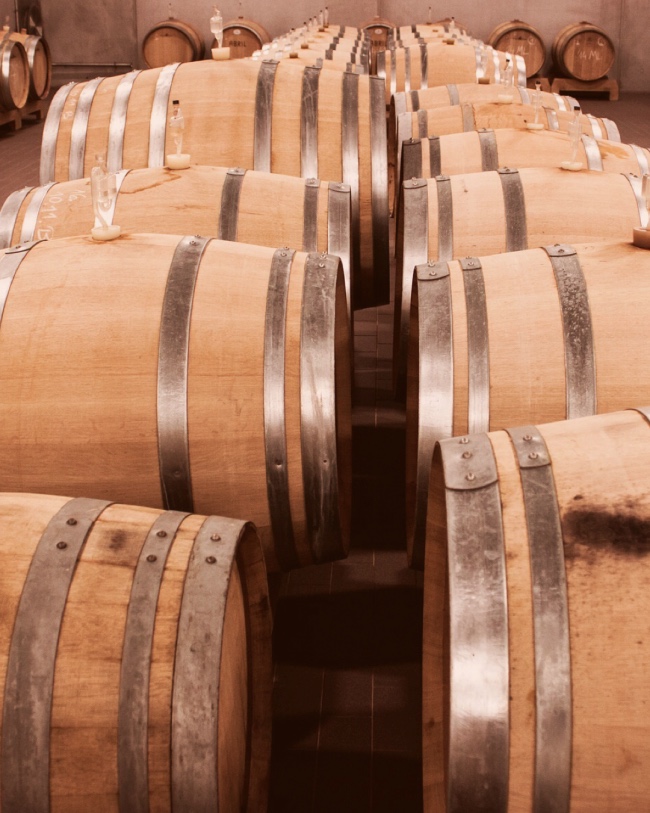The wines of South America have their own stamp, marked by very different climates and terroirs. This diversity includes scarce rainfall and desert soils as well as extreme altitudes or humid sea winds. In other words, throughout the entire territory that includes Argentina, Chile and Uruguay, there are vineyards under the most diverse climatic and geographical conditions, but also winegrowers who are able to express these conditions in their wine.
This ability is also reflected in the elaboration of cuvées in recent years.
While every climate and Soil allows a grape variety to be more or less suitable for this region, the winemakers are always questioning their own limits. In this sense, although Malbec is one of the most versatile varieties for making blends, as it gives very interesting characteristics when blended with other varieties, it is not the only alternative for obtaining a specific cuvée.
If we are talking specifically about Argentina, a cuvée or blend is a wine where none of the grape varieties involved in the blend make up 85% of the wine.
The freedom with which some wineries process their wines allows consumers to enjoy extremely interesting combinations for the palate.
One of the methods chosen by some producers to make their cuvées is the co-fermentation of grapes. This means integrating the berries of different varieties and making them from a single must. This is also possible between some red and white varieties, the latter of which can give the final product more shine or bring out the floral aromas, depending of course on the variety chosen.
In this type of elaboration, one of the disadvantages that oenologists have to overcome is the time of maturation, because if the vines have different maturation periods, those already matured have to be kept in the cellar, waiting for the berries of the other vines to find their correct point of ripeness. In any case, it is very interesting to create a wine from scratch by bringing together berries from different varieties.
Although this type of cuvée production is becoming more and more popular, most blends are made using the “cut” method, i.e. each variety is produced independently and collected at the end to obtain a unique blend. This modality implies that the individual varieties have sometimes already undergone an earlier ageing process. In any case, for a medium or high quality “cut” wine, the final wine is usually aged in barrels and then usually left in the bottle for a while before being put on the market.
A well-known Argentine oenologist once said about the production of blends in this country that “the recipe is that there is no recipe”. Oenologists let themselves be “played” by combining varieties that complement each other until they reach the desired complexity and balance.
You can get to know the wines of South America through their monovarietal wines, but if you want to go one step further, you must do so without hesitation by tasting their cuvées.
An experiment beyond imagination: cuvées from the end of the world

